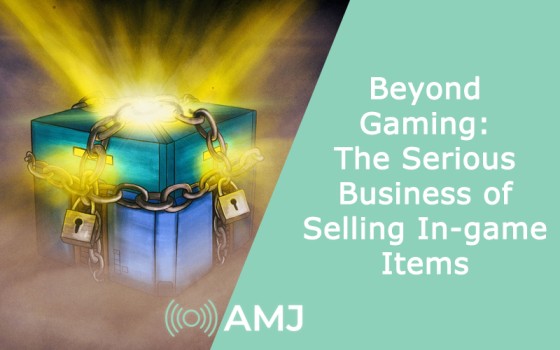The clang of virtual swords and chirping of in-game notifications might sound like sheer entertainment to an outsider. But delve a little deeper, and you’ll unearth an intricate economy where digital skins and collectables translate to real-world profits. This article ventures beyond the superficial layers of gaming, diving into the serious business of trading in-game items.
Contents
The Rise of Virtual Economies:
In the early days of Massive Multiplayer Online Role-Playing Games (MMORPGs) like ‘World of Warcraft’ and ‘Runescape’, players began to understand the intrinsic value of virtual items. These in-game commodities, earned through countless hours of gameplay or serendipitous discovery, became coveted. As these digital worlds grew, so did their economies, evolving from simple player-to-player trades to complex, multi-platform exchanges involving real money.
Understanding the Market:
Like traditional markets, the value of in-game items is determined by a blend of rarity, demand, and cultural significance within the game’s community. While some items, like cosmetic skins, enhance a player’s in-game appearance, others can impart gameplay advantages, further driving their desirability. The allure of a rare weapon or character skin can sometimes match the frenzy seen for limited-edition physical products in the real world.
Real-World Success Stories:
Take the tale of a ‘Counter-Strike: Global Offensive player who traded up through the ranks, starting with lowly skins and ending with items worth thousands of dollars. Or consider the ‘Ethereal Flames Pink War Dog’ in ‘Dota 2’, which was sold for over $38,000! These stories aren’t mere outliers; they exemplify the lucrative possibilities within virtual worlds for those with the know-how and tenacity.
Platforms & Tools for In-game Item Trading:
Today’s in-game item trader has a plethora of platforms at their disposal, from game-specific marketplaces like Steam’s Community Market to third-party platforms such as igitems. These platforms provide security, liquidity, and tools for efficient trading. Additionally, various software solutions enable traders to track item prices, manage their inventories, and even automate parts of the trading process.
Strategies for Profitable Trading:
Profiting in the in-game item market requires more than just luck. It demands a keen eye for market trends, a deep understanding of player demographics and game mechanics, and exceptional negotiation skills. Seasoned traders often emphasize the importance of patience, caution, and informed decision-making. A common mantra? “Buy low, sell high, and always research.”
The Future of In-game Item Trading:
As gaming continues its ascent into mainstream culture, the business of in-game items is poised for unprecedented growth. With the rise of technologies like blockchain offering new methods for verifying the authenticity and ownership of digital items, the boundaries between virtual and real-world trading will blur further, opening up novel avenues and challenges for traders.
Conclusion:
The realm of in-game item trading stands as a testament to human innovation and our ability to find value, even in virtual worlds. The rewards can be substantial for those who approach it with knowledge, caution, and passion.












![Index of Money Heist [Season 1, 2, 3 & 4 – All Episodes, Cast and Plot] Index of Money Heist](https://www.asiamediajournal.com/wp-content/uploads/2021/05/Index-of-Money-Heist-3-100x70.jpg)